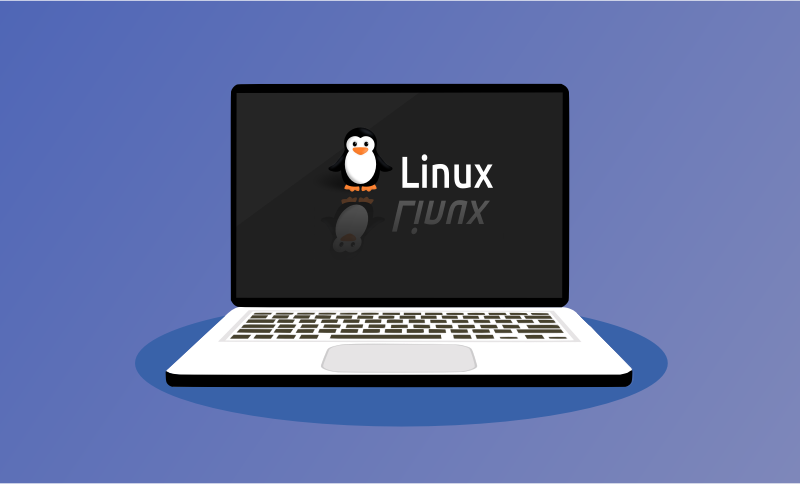2. pwd command:- The pwd command is used to display the location of the current working directory.
3. ls command:- The ls command is used to display a list of content of a directory.
4. mkdir commands:- The mkdir command is used to create a new directory under any directory.
5. rmdir Command:- It is used to delete the directory.
6. mv command:- The mv command is used to move files from the current path to their new path.
7. cp command:- cp command is used to copy files. For copying the folder use "cp -r folder_name".
8. touch command:- The touch command is used to create an empty file.
9. rename Command:- The rename command is used to rename files.
10. find command:- The find command is used to find files or folders matching a particular search pattern.
11. gzip command:- The gzip command is used to compress a file using the gzip compression protocol named LZ77 .
12. tar command:- The tar command is used to create an archive, grouping multiple files in a single file.
13. wc command:- The wc command is used to get useful information about a file or input it receives via pipes.
14. echo command:- The echo command is used to print output the argument that that passed to it.
15. du command:- The du command is used to calculate the size of a directory as a whole and "du * " command is used to calculate the size of each file individually.
16. df command:- The df command is used to get disk usage information.
17. ps command:- The ps command is used to inspect all background running processes.
18. top command:- The top command is used to display dynamic real-time information about running processes in the system.
19. nano command:- The nano command is used to directly type characters into the file without worrying about modes.
20. whoami command:- The whoami command is used to print the user name currently logged into the terminal.
21. who command:- The who command is used displays the users logged in to the system.
22. sudo command:- The sudo is used to run a command as root.
23. clear command:- The clear command is used to clear all the previous commands that were run in the current terminal.
24. history command:- The history command is used to get previously used commands which are stored in the history.
25. date command:- The date command is used to display date, time, time zone, and more.
26. cal command:- The cal command is used to display the calendar.
27. ssh command:- The ssh command is used to create a remote connection through the ssh protocol.
28. ping command:- The ping command is used to check the connectivity between two nodes.
29. su command:- The su command provides administrative access to another user.
30. exit command:- The exit command is used to exit from the current shell.
